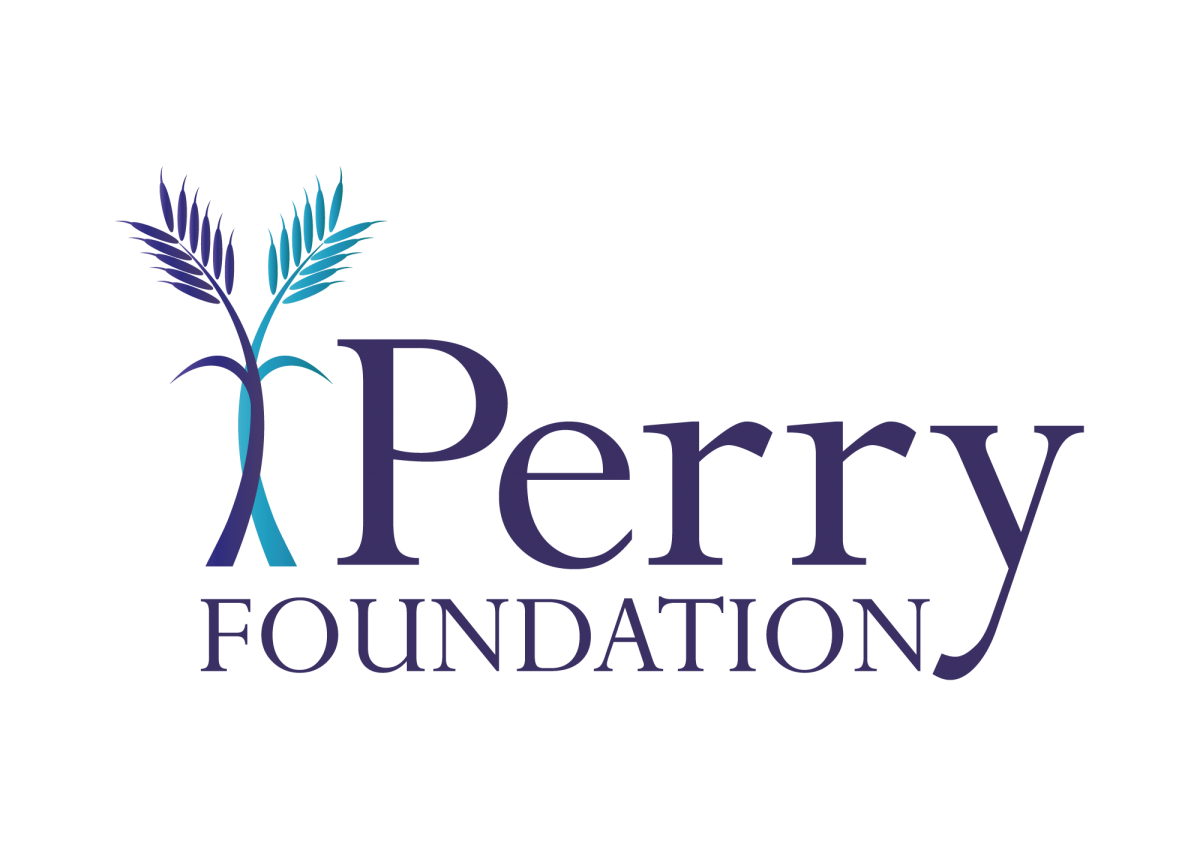Nutritional Regulation of Ovarian Function for Optimum Fertility in Dairy Cattle
Karen Wonnacott - The University of Nottingham.
Introduction
The ability to successfully reproduce is fundamental to the livestock industry and sub-optimal fertility is one of the most important problems currently facing the UK dairy industry. The underlying fertility of intensively managed livestock has witnessed a dramatic decline in recent years despite advances in reproductive technologies (Royal et al., 2000). Reproductive dysfunction in the dairy cow is a complex problem comprising many components including genetic influences, animal husbandry and nutritional factors. On a herd basis, decreased fertility accounts for sizeable financial losses due to veterinary interventions, increased culling and longer calving intervals (Esslemont and Kossaibati, 2002). Low reproductive performance also represents a significant cost to the environment; Improvements in reproductive efficiency of UK dairy herds could decrease the "environmental footprint", lessening methane and ammonia emissions by a considerable degree (Garnsworthy, 2004).
Personal Background
Having been involved with farming all of my life, I took a particular interest in dairy cow fertility, as it was a prevalent problem within our own small herd. Gaining a BSc. in Animal Science gave me further impetus to determine the possible factors contributing to the observed decline in the fertility in the UK dairy herd.
Nutrition and reproduction
It has been well documented that nutritional status elicits a profound influence on reproductive performance (Butler, 2000; Garnsworthy, 2004; Lucy, 2003; Mattos et al., 2000). The physiological pathways by which the hypothalamic-pituitary-ovarian axis is influenced by the nutritional status of the animal are complex (Meikle et al., 2004) and the relative contribution of different dietary components are poorly understood. Reproduction in ruminants is related to the availability of energy. Lipid plays a major role in energy storage, cell structure and modification of physical properties and metabolic function of biological membranes (Kim et al., 2001). Fats fed in the diet can positively influence reproduction via improved energy status of the animal and by increasing precursors for the synthesis of reproductive hormones such as steroids and prostaglandins (Mattos et al., 2000).
Although the fatty acid composition of oocytes has been established across a number of mammalian species (cattle, sheep and pigs), (McEvoy et al., 2000), little is known about the specific uptake of fatty acids by the follicular compartment, how this may be altered by maternal nutrition and the consequences this may have for post-fertilization developmental potential of oocytes.
Aims and objectives
- To assess the effects of dietary induced alterations in carbohydrate and lipid metabolism on the composition of fatty acids contained within the follicle compartment
- To determine the interaction between granulosa cells and oocytes in their uptake of specific fatty acids and identify possible mechanisms of action involved in these processes
- To investigate the implications of dietary mediated alterations in plasma concentrations of key reproductive and metabolic hormones such as insulin, IGF-I and leptin.
Following on from the work of (Adamiak et al., 2005)), it will be important to determine why the selective uptake of fatty acids, at the expense of mainly polyunsaturated fatty acids, occurs within the follicular compartment.
A major trial is currently taking place at the University of Nottingham Dairy Centre investigating the effects of nutrition on reproductive function. The dairy cows placed on trial were subjected to ultrasound guided transvaginal follicular aspiration or ovum pick up (OPU). Follicular fluid was searched for oocytes and the remaining fluid centrifuged to obtain granulosa cells. In the first part of the trial, 12 dairy cows were grouped according to their number of days in lactation, body condition score (BCS) and milk yield. Each group were fed 3 different diets forming a Latin square design in order to minimise the variation. Oocytes were used for culture and granulosa cells were washed thoroughly and centrifuged to leave a pellet for later fatty acid analysis by gas chromatography.
In the second part of the trial, 6 multiparous dairy cows were grouped again by milk yield, days in lactation and BCS and subjected to OPU. However, this time both the oocytes and granulosa cells will be used for fatty acid analysis by gas chromatography.
To date, the refinement of the method for analysis of fatty acids in small numbers of granulosa cells and oocytes is proving to be challenging. However, once the refinement of the method is complete, the analysis of the material already collected from the two trials currently running will provide a considerable amount of data for analysis and interpretation.
The emphasis of this work is to determine specific nutrients that directly affect key components of the reproductive axis concerned in the successful establishment of pregnancy, specifically follicle growth, oocyte quality and embryo survival.

